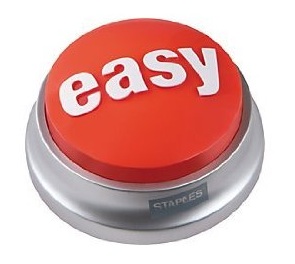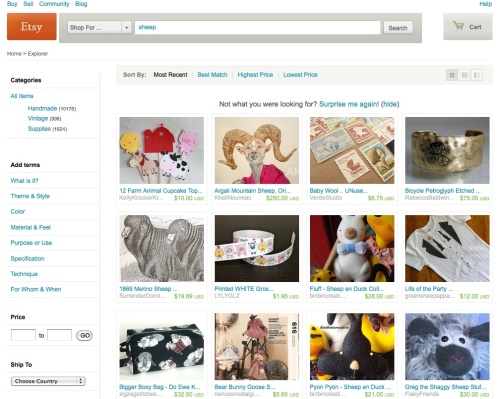Can you be too easy? Well, your mother might disagree but the answer is an emphatic NO – you can never be too easy.
It’s all too easy to forget, but making things easy should be at the core of everything we do: easy for consumers to understand why they need our products; easy for customers/retailers to place orders and sell heaps of product; easy for consumers to buy what they want when they want it. All it takes is approaching every task you do by asking the bold yet simple question: “what can I do to make this easier”.
A great example is from author Jenny Blake and her recently launched book ‘Life After College’, introduced via the always interesting TheDominoProject. Jenny’s book is positioned as “an essential manual for every graduating student and young professional. It features practical, actionable advice that helps people focus on the BIG picture of their lives, not just the details”.
Getting great reviews and recommendations is key to a successful launch of any book (or product!) and it seems so often that brand custodians just cross their fingers that bloggers or other reviewers will take it upon themselves to spread the word. Jenny is doing it differently, by creating a resource on her website full of all the information that any blogger, reviewer or salesperson could need: check it out here.
She goes beyond the standard bio details, expanding to including sample tweets, emails and varying length synopses to promote the book, which can be easily copied and published in any medium. There are links to the book trailer on YouTube and links to the facebook page, as well as more formal and also quirky information about Jenny and links to previous interviews. Jenny is acknowledging that her supporters are busy and even with the best intentions getting time to create a mention promoting her book is tricky. Some will take up her suggestions verbatim, while others will edit a little to personalise: we all know that it is much quicker to edit an already prepared document than to start from scratch.
There are two key benefits here: firstly, the easier (and quicker) you can make it for people to spread the word, the more people will take up the opportunity. Secondly, through giving suggestions of how to word the comments, Jenny begins to create a consistent theme in how people talk about her book, resulting in a clearer, more focused message. Jenny’s approach recognises what we already know from our own lives: we are busy and the easier it is to get a job done the more likely we are to do it and do it well.
Making things easier can apply to absolutely everything we do, big or small:
• Is it easy to go through the checkout process on your site- do you force endless data entry and password setting up, or do you give shoppers the opportunity to buy quickly when they want to?
• When you submit your expenses to your boss do you write her name and the date in the approval box, so all she has to do is sign it?
• Is it easy to get into your shop? If the door is super heavy get it fixed, or if you cater to mums make sure a pram can navigate inside easily.
• When you get into work do you make sure the photocopier is stocked with paper so it doesn’t run out in the middle of a rush later in the day?
I love this statement from Eric Schmidt, EC of Google, (who interestingly Jenny Blake used to work for) describing their approach to employee benefits (note my bolding): “The goal is to strip away everything that gets in our employees’ way. We provide a standard package of fringe benefits, but on top of that are first-class dining facilities, gyms, laundry rooms, massage rooms, haircuts, carwashes, dry cleaning, commuting buses – just about anything a hardworking employee might want. Let’s face it: programmers want to program, they don’t want to do their laundry. So we make it easy for them to do both.”
Just taking those few seconds to ask the simple yet revolutionary question of “how can I make this easier” can change your world. So who do you know who’s making things easy? What have you done to make your world easier?



